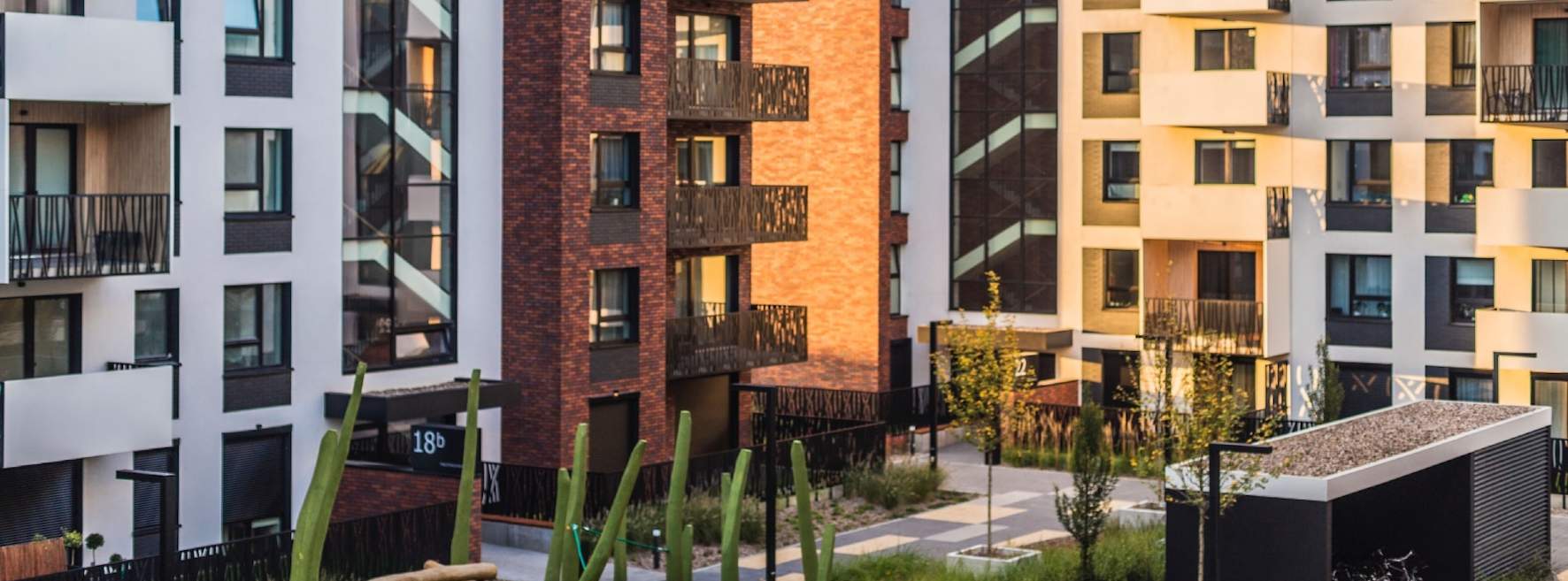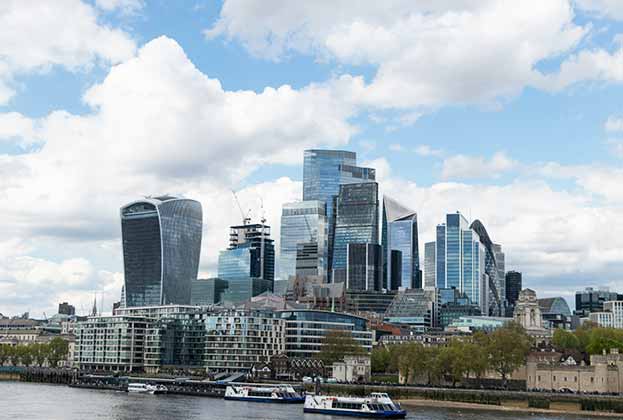While some retail and office real estate landlords struggled with rent collection during the Covid-19 lockdowns, those who had invested in professionally managed apartment blocks – also known as multifamily housing – the private rented sector (PRS), or build to rent, largely faced fewer issues.
The fact that the sector has maintained strong rental income and remains underpinned by demographic trends which continue to push up demand for multifamily housing around the world, contributed to it attracting $478 billion of investment globally in 2021 – 30 per cent more than the offices sector.
This record amount of investment has contributed to prime net yields on multifamily housing hardening to 3 per cent or lower in many locations, pricing out some buyers. But investor demand is unlikely to subside in the near future: in a macroeconomic environment which is seeing rising inflation, the residential sector often provides a good inflation-hedge. While in some parts of the world and real estate sectors landlords have little choice but to keep rents stable even in the face of rising inflation due to leases being long and not indexed, the same is not generally true in multifamily housing. Here, typically, a combination of short lease lengths (often of only one or two years), indexation, and a regular turnover of tenants, provide frequent opportunities for landlords to adjust rents to reflect inflation when necessary – albeit ultimately only to a point where they remain affordable.
This is particularly true of the sector in Europe, where multifamily has been an established part of the residential market for some time. As inflation continues to rise, investor demand for multifamily will continue, despite rising asset prices.
Activity may not be solely driven by the prospect of healthy returns: the housing sector is one of the easiest ways for real estate investors to deliver demonstrable social value – the ‘S’ of ESG that has rapidly grown in prominence alongside the ‘E’ among their stakeholders. Developing communities that provide good-quality sustainable homes is arguably the biggest social benefit the industry can deliver, given the knock-on effects that housing is shown to have on personal wellbeing and outcomes, particularly if a sizeable proportion of the housing being delivered is at the affordable end of the spectrum. Here the most forward-thinking investors and developers in the multifamily space are already working with local people and authorities to ensure the schemes they deliver go even further to include new green spaces, re-purpose old buildings and improve public infrastructure.
With many institutional investors, whom often have some of the most developed ESG values, typically very active in multifamily and looking to grow their holdings, we’re likely to see even more buyer activity driven by social factors in the coming years. This, combined with its robust returns, is likely to keep volumes flowing into the sector for some time to come.
Further information
Contact Eri Mitsostergiou or Richard Valentine-Selsey





.jpg)

.jpg)


